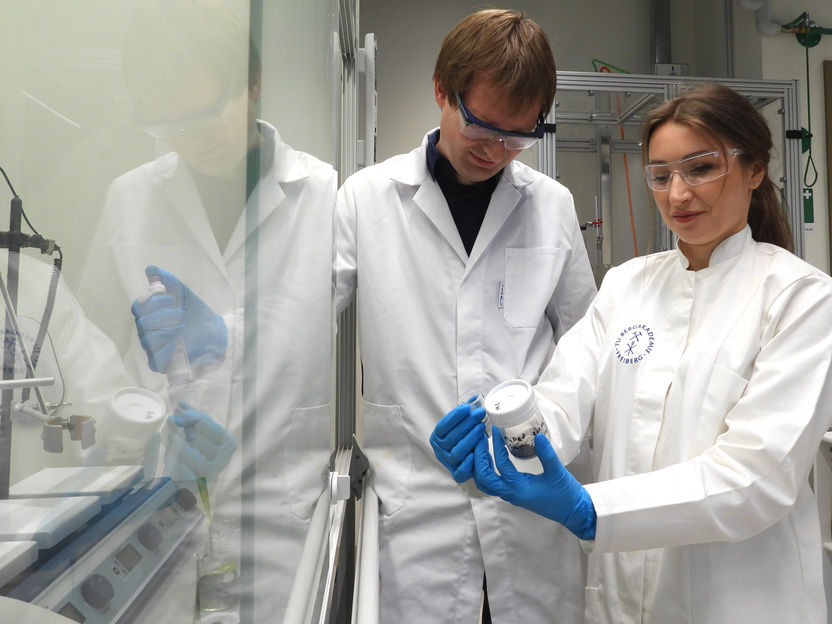CO₂ removal and storage: Which options are feasible and desirable?
A new framework helps to evaluate the feasibility of ocean-based CO2 removal processes and assesses their impact on humans and nature
As climate change increases, so does the pressure on humanity to remove carbon dioxide (CO2) from the atmosphere - possibly with the help of the oceans. But which of the proposed marine CO2 removal and storage options should be used? Scientists from the CDRmare research mission, among them researchers from Kiel University, have developed a new assessment framework to help decision-makers make evidence-based decisions about whether marine CO2 removal methods or projects are feasible and whether their consequences for humans and nature are desirable. The researchers emphasise that decisions on using such methods must not only focus on their technical, legal and political feasibility but should also assess the potential consequences of their implementation for humans and nature in a structured and transparent way.
Experts develop and use assessment frameworks for climate response options to collect, structure and prioritise all relevant information in a technology assessment. However, existing assessment schemes for climate change response options such as CO2 capture and storage, do not adequately fulfil this task, experts from the CDRmare research mission conclude in two new peer-reviewed publications.
“Answering whether and how a CO2 removal option should be implemented should take its effectiveness, economic viability and its impact on people and the environment into account. However, existing assessment frameworks do not allow doing so. Our framework solves this problem by offering a structured guide for evaluating marine CO2 removal projects. Stakeholders can use it to analyse all the key issues and make evidence-based decisions,' says JProf Dr Christian Baatz, a climate and environmental ethicist at the University of Kiel and co-author of both new articles.
29 criteria for a comprehensive assessment of marine CO₂ removal methods
The new framework includes 29 criteria that help to analyse seven key issues. These include questions about the technical, legal and political feasibility of the methods to be assessed, as well as questions about economic efficiency, equity and environmental ethics. Due to this complexity, the researchers recommend that experts from academia, industry, public administration, interest groups and affected populations be involved in the evaluation process. In line with this principle, the researchers tested the practical suitability of the new evaluation guidelines in a series of transdisciplinary workshops attended by numerous representatives from public administration and interest groups.
“Our experience in testing the assessment framework shows that no one should attempt to assess a marine CO2 removal method or a specific project on their own. Due to the high complexity of the issue, an assessment requires the expertise of many people,” says co-author Dr Lukas Tank, also a climate and environmental ethicist at Kiel University.
Ideally feasible and desirable
In addition to the list of criteria, the researchers defined five guiding principles to help ensure that the best possible information is collected during the evaluation process. These guiding principles aim to ensure that the evaluation process is transparent and involves all potentially affected parties.
“Ultimately, it is up to political and societal decision-makers to decide whether a particular marine CO2 removal project should go ahead. At best, they will choose options that are effective, technically, legally and politically feasible, as well as economically, equitably and environmentally sound. Our assessment framework can help them do this," says Prof Dr Gregor Rehder, a chemist at the Leibniz Institute for Baltic Sea Research Warnemünde (IOW). He was also an author on both papers and led the CDRmare research network ASMASYS, under which the research for both papers took place.
Original publication
Lukas Tank, Lieske Voget-Kleschin, Matthias Garschagen, Miranda Boettcher, Nadine Mengis, Antonia Holland-Cunz, Gregor Rehder, Christian Baatz; "Distinguish between feasibility and desirability when assessing climate response options"; npj Climate Action, Volume 4, 2025-4-2
Christian Baatz, Lukas Tank, Lena-Katharina Bednarz, Miranda Boettcher, Teresa Maria Morganti, Lieske Voget- Kleschin, Tony Cabus, Erik van Doorn, Tabea Dorndorf, Felix Havermann, Wanda Holzhüter, David Peter Keller, Matthias Kreuzburg, Nele Matz-Lück, Nadine Mengis, Christine Merk, Yiannis Moustakis, Julia Pongratz, Hendrikje Wehnert, Wanxuan Yao, Gregor Rehder; "A holistic assessment framework for marine carbon dioxide removal options"; Environmental Research Letters, 2025-4-4
Most read news
Original publication
Lukas Tank, Lieske Voget-Kleschin, Matthias Garschagen, Miranda Boettcher, Nadine Mengis, Antonia Holland-Cunz, Gregor Rehder, Christian Baatz; "Distinguish between feasibility and desirability when assessing climate response options"; npj Climate Action, Volume 4, 2025-4-2
Christian Baatz, Lukas Tank, Lena-Katharina Bednarz, Miranda Boettcher, Teresa Maria Morganti, Lieske Voget- Kleschin, Tony Cabus, Erik van Doorn, Tabea Dorndorf, Felix Havermann, Wanda Holzhüter, David Peter Keller, Matthias Kreuzburg, Nele Matz-Lück, Nadine Mengis, Christine Merk, Yiannis Moustakis, Julia Pongratz, Hendrikje Wehnert, Wanxuan Yao, Gregor Rehder; "A holistic assessment framework for marine carbon dioxide removal options"; Environmental Research Letters, 2025-4-4
Topics
Organizations
Other news from the department science

Get the chemical industry in your inbox
By submitting this form you agree that LUMITOS AG will send you the newsletter(s) selected above by email. Your data will not be passed on to third parties. Your data will be stored and processed in accordance with our data protection regulations. LUMITOS may contact you by email for the purpose of advertising or market and opinion surveys. You can revoke your consent at any time without giving reasons to LUMITOS AG, Ernst-Augustin-Str. 2, 12489 Berlin, Germany or by e-mail at revoke@lumitos.com with effect for the future. In addition, each email contains a link to unsubscribe from the corresponding newsletter.
Most read news
More news from our other portals
Last viewed contents
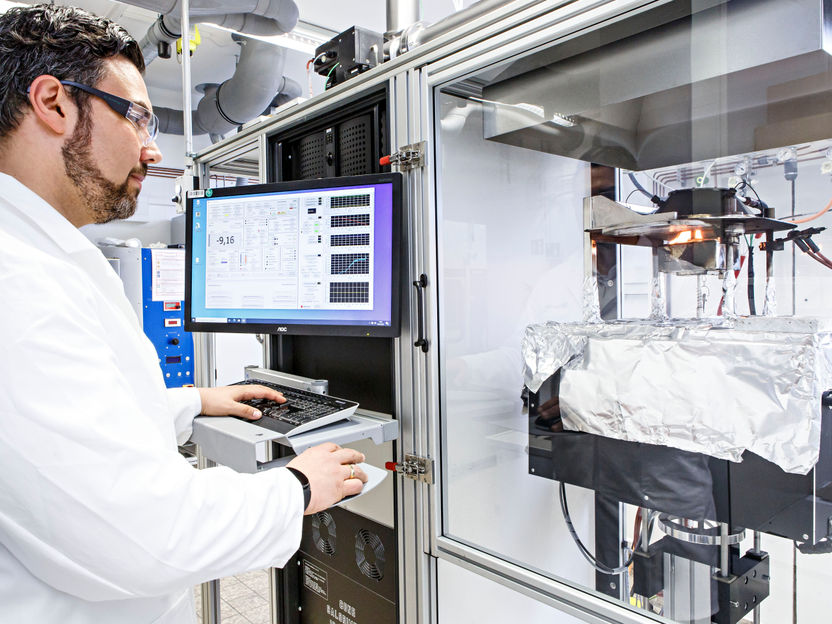
Sustainable plastics containing flame retardants for use in closed-loop applications - New ways for recycling quotas

H.C. Starck Tungsten receives millions in funding for battery recycling - Over 60 million euros for the recycling of battery black mass
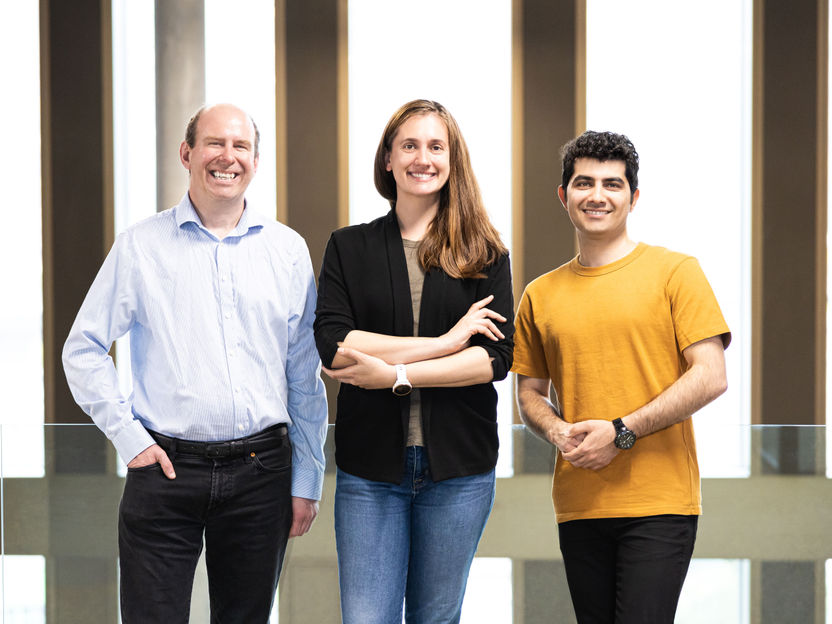
Swiss start-up gives yesterday's plastics a new purpose - DePoly to launch 500-tonne-per-year showcase plant, as it secures $23M
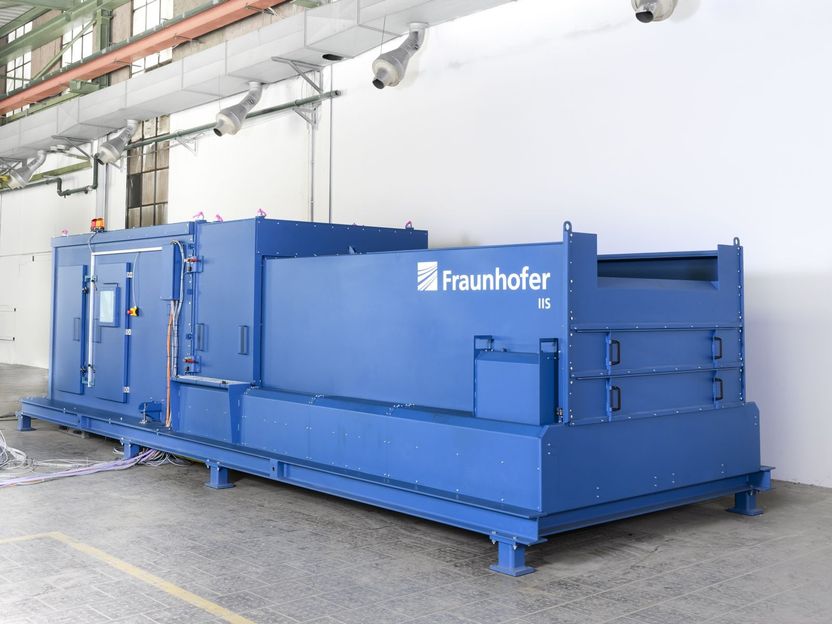
Sensor-Based Waste Sorting Reduces Number of Battery Fires in Recycling Plants
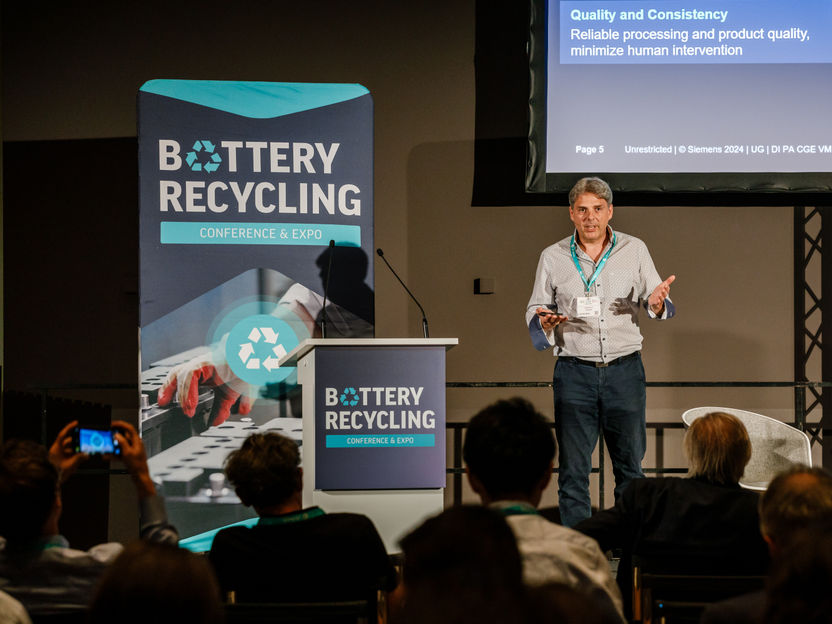
World Leading E-Waste, Battery, Metal, ITAD & Circular Electronics Conference Reveals 2025 Agenda
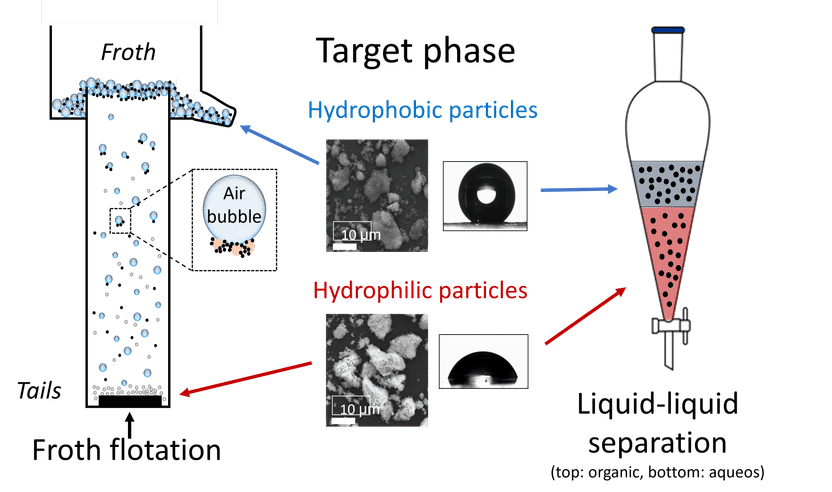
Critical raw materials from electrolysers back into the cycle - Researchers succeed in recycling functional materials for hydrogen production

Less than a month to go: E-Waste World, Battery Recycling, Metal Recycling, ITAD & Circular Electronics Conference & Expos 2025 enter final phase
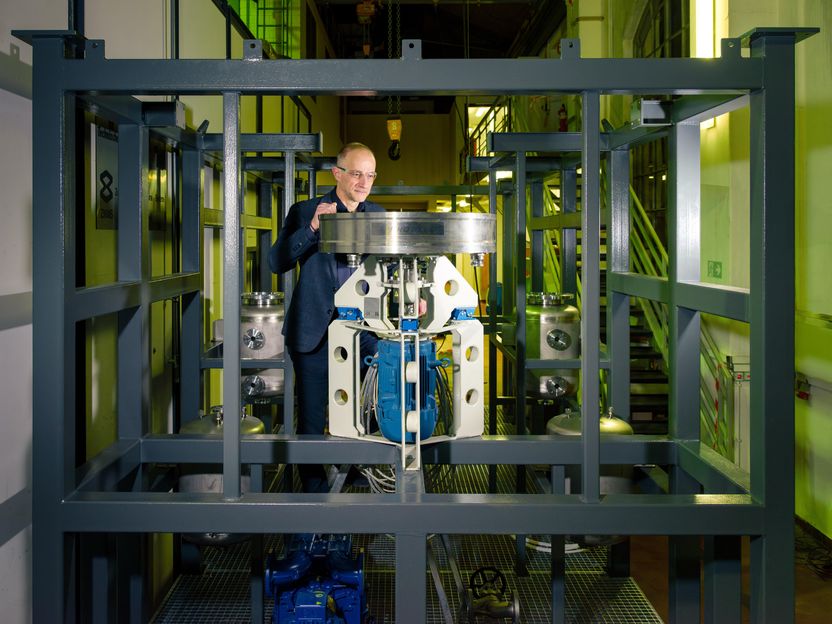
Climate protection in the spin cycle - Science and industry jointly test a new technology for CO2 capture in the cement industry

Milestone in diaper recycling: degrading cellulose in composite materials succeeded - Breakthrough with the help of enzymes
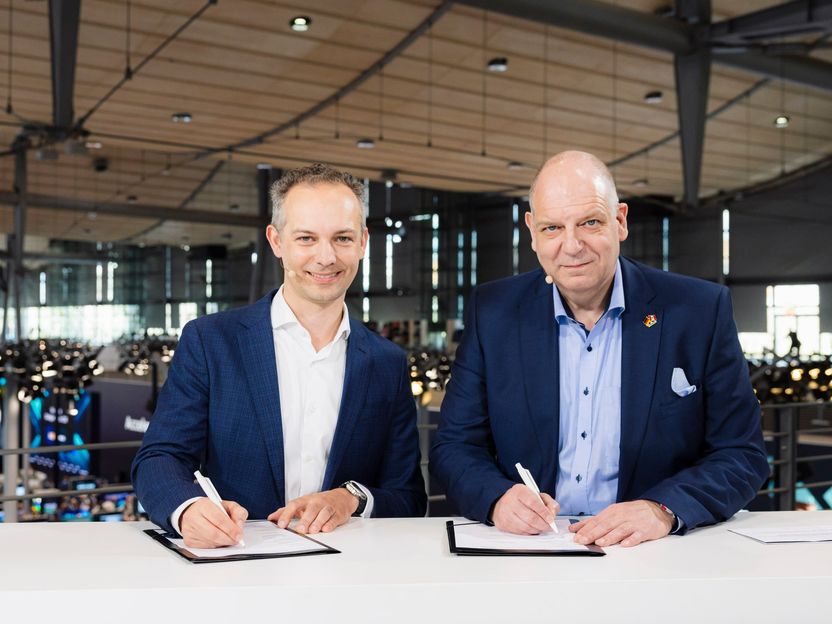
Siemens and TURN2X join forces to scale up green energy production - Partnership directly contributes to expanding the availability of green energy alternatives

Renewable Materials Conference 2025: Nominees for the Innovation Award Unveiled
